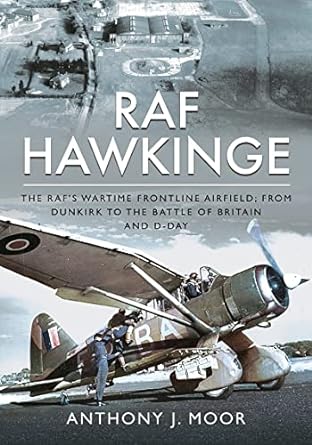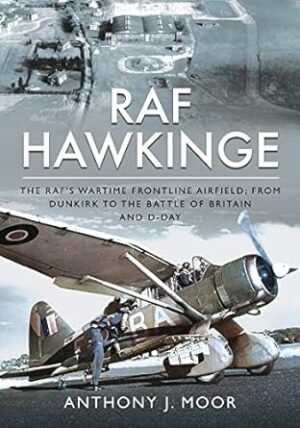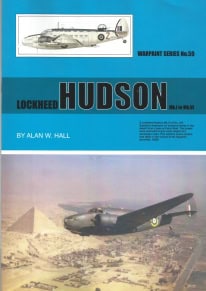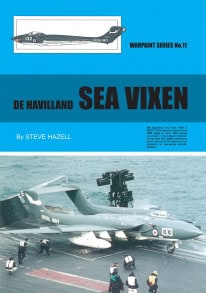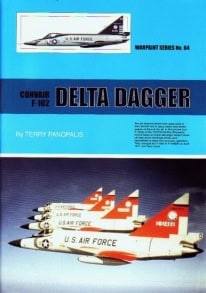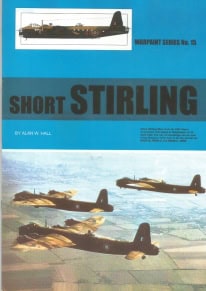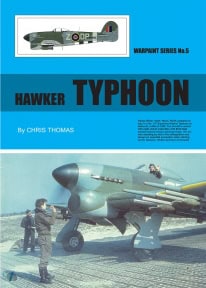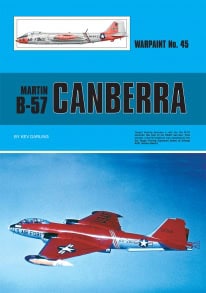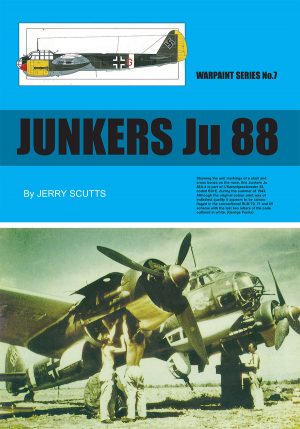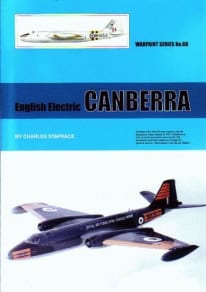Description
As the nearest RAF station to Occupied Europe, the airfield at Hawkinge in Kent found itself quite literally on the frontline during the Second World War. However, Hawkinge’s association with British military aviation began more than two decades earlier, during the First World War. Already a pre-war airfield, it was in 1915 that the land was requisitioned for use by the Royal Fling Corps. The first personnel arrived a few months later to serve at was initially named Folkestone Field. Mainly used as a base for transporting aircraft across to France and the Western Front, a name change to Hawkinge Aeroplane Dispatch Station soon followed, at which point its remit also included the transportation of supplies to troops in France and Belgium. It was following the re-organisation of the RAF in 1923 that Hawkinge underwent the next stage in its development. New hangars and operations buildings were erected, with water and communications systems installed. The airfield’s role changed to that of training for both RAF and the Army; 25 Squadron was the first full squadron to be based at Hawkinge. In the first months of the Second World War, airfield was re-designated as a Fighter Station in No.11 Group, following which the first Hurricanes from 3 Squadron arrived on 19 December 1939. Throughout the Battle of France and into the Dunkirk evacuation Hawkinge played a vital role providing around the clock air-cover for Allied forces. But it was in the summer of 1940 that Hawkinge endured its finest hour’. The first Luftwaffe attack on Hawkinge occurred on 12 August. Despite widespread damage, the grass runways were quickly repaired, ensuring that the Spitfires and Hurricanes which used it as a forward base were soon operating again. Despite the Luftwaffe’s best efforts, Hawkinge remained operational throughout the war. As the RAF went on the offensive in 1941, Hawkinge had a vital part to play in maintaining these missions against Goering’s forces – both as a location to refuel on the way out, or a place of refuge on the return, both for fighters and bombers alike, including those of the USAAF following America’s entry into the war. Following the war, the fighter base was officially closed on 3 September 1945. In 1964 the Ministry of Defence sold the land, although for a short while in 1968, memories of the war were invoked with the airfield’s use in the making of the classic film Battle of Britain. Only a small corner of the original site has survived and is today home to the renowned Kent Battle of Britain Museum.
